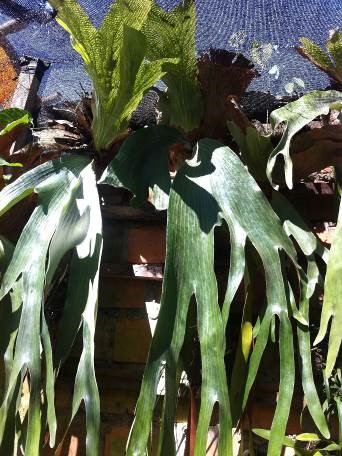Propagación In Vitro de Platicerium andinum Baker a partir de esporas
DOI:
https://doi.org/10.33017/RevECIPeru2015.0007/Keywords:
Gametophyte, haploid spores, in vitro cultureAbstract
Forests department of San Martin, habitat of Platycerium andinum B. is being destroyed disproportionately, caused by anthropogenic activities such as logging, forest fires, migration and changing land use, which has led to the species to which is currently in danger of extinction, adding to it the extraction of the species for its lush beauty for marketing as ornamental plant, also to the spores are difficult to germinate under natural conditions. Also, we do not have a methodology for in vitro propagation of the species. This research aims to determine the appropriate concentration of sodium hypochlorite to obtain spores of Platycerium andinum B., free of pathogens for optimum germination and evaluate three culture media to determine the most suitable medium for the propagation of the gametophytes through in vitro culture. The spores were obtained from fertile fronds of adult plants of Platicerium andinum B. making a scraping of these. Prior exposure of spores at a temperature of 30 °C for 12 hours in an oven, these were disinfected in a 20 ml syringe. In laminar flow chamber with sodium hypochlorite at three different concentrations (T1: 0.5%, T2: T3 1%: 1.5%) for a time of 20 minutes and four rinses with sterile distilled water; obtaining as being better with the treatment T3 (1.5%). The spore germination was evaluated after 10 days, at which time began to germinate and after 30 days we had plenty gametophytic tissue; it was evaluated through the germination rate of the spores (IG) using the scale of abundance-coverage Braun-Blanquet (Mermoz and Martin, 1993 as amended by Ramirez et al., 2000) coming to 60 days through 5 scale (Any number of gametophytes more coverage 75%). As for determining the best medium for the in vitro propagation of gametophytes we worked with three media MSB (T1, T2 and T3) with additives of 0.4 ml. thiamine, 0.5 nicotinic acid, 2 grams of activated carbon and 20 g of sucrose; with 100 ml of coconut water in T2, and 200 ml in T3, obtaining as best result for T1 (M and S Basal, added 0.4 ml thiamine, 0.5 nicotinic acid, 2 grams of activated carbon and 20 grams of sucrose).


